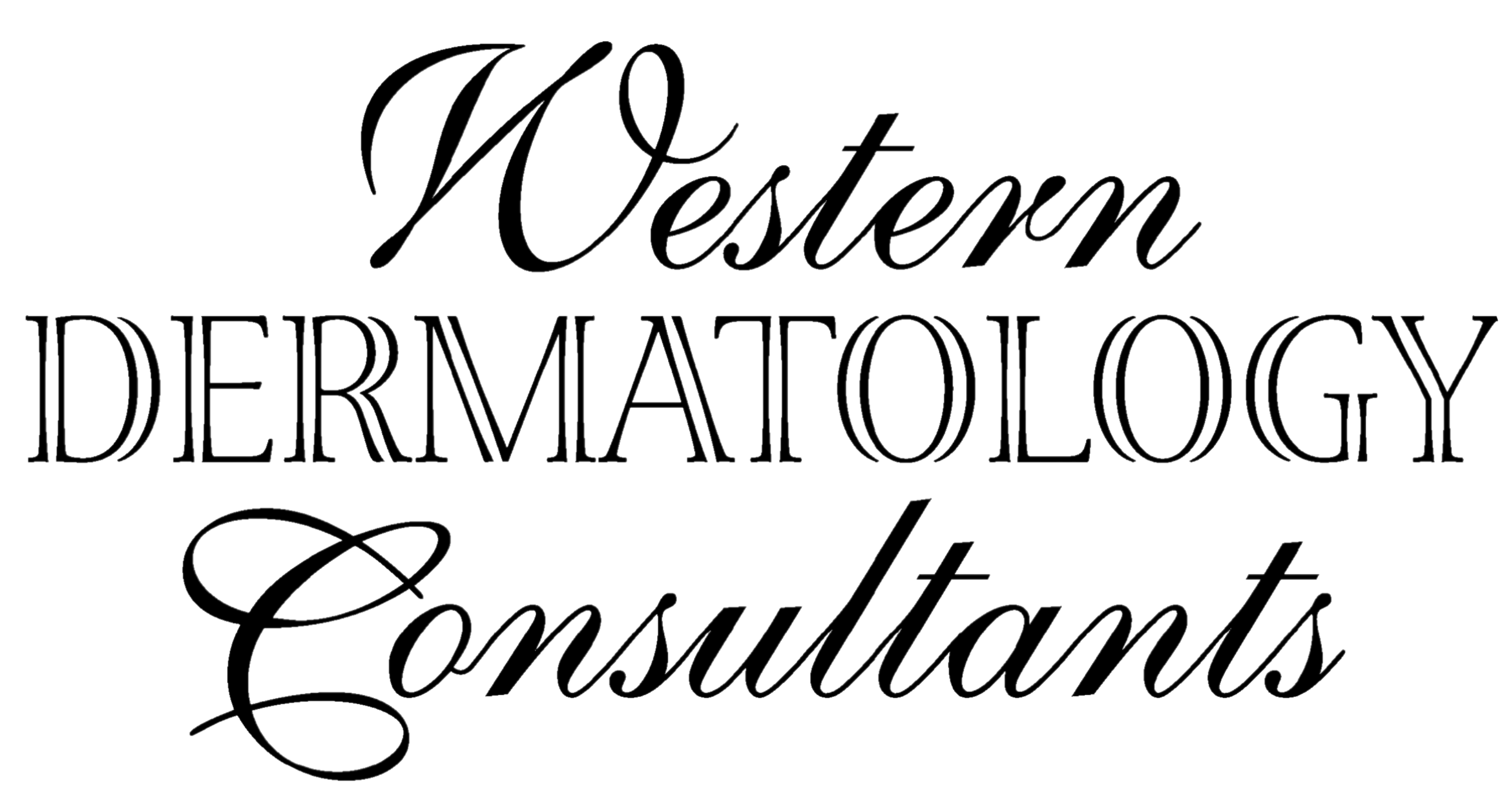Light and laser cosmetic treatments, such as fractional skin resurfacing, are what Albuquerque patients often use to minimize irregularities and balance or even out their skin tone and quality. Ever wondered why light is used so frequently in the cosmetic world? Exposure to light impacts our bodies in various ways, altering our circadian rhythms, hormone production, and even our mental health. In fact, not getting enough exposure to sunlight during the winter has been linked to a type of depression called Seasonal Affective Disorder (SAD). It’s no surprise, therefore, that different wavelengths of light have been found to influence the appearance and health of your skin. The following are some examples of light sources that we are commonly exposed to, as well as a brief explanation of their impact:
Natural Light
The sun is our major source of natural light, although we can also technically see by other stars, volcanoes, firelight, lightning, and various astronomical objects. We have less control over the amount of energy these give off compared to artificial sources of light, so we have to do a little extra work when guarding against the negative effects of the biggest producer of all: the sun.
Small amounts of exposure to sunlight (ideally 5 to 15 minutes of unprotected exposure) have positive health benefits, including strengthening your immune system and encouraging serotonin production. However, prolonged, unprotected exposure to ultraviolet radiation increases the risk of skin cancer and accelerated skin aging. It’s best to avoid exposure by staying indoors during peak hours and wearing sunscreen whenever you go outside.
Artificial Light
When it comes to human-made, artificial light sources, we’re in full control of their intensity and duration.
- Blue Light
Although the sun is a major source of blue light, we also get plenty of it from the screens on our TVs, laptops, smartphones, tablets, electronic devices, and fluorescent or LED light bulbs. Blue light exposure can lead to photoaging and hyperpigmentation, but it is also used in therapies for some skin conditions like acne and actinic keratosis.
- Red Light
Red light therapy (RLT) is often used as a type of photodynamic therapy to encourage the generation of new collagen, elastin, and fibroblasts. Deep red light at specific wavelengths is thought to have anti-inflammatory properties and may reduce wrinkles.
Ready to improve wrinkles, blotchy pigmentation, scars, rough patches, or other skin-related irregularities? Browse our website to check out more info on fractional skin resurfacing from our Western Dermatology Consultants team. Call 505-855-9267, or submit a contact form to request a consultation if you’d like to discuss your skin goals—and learn more about what light can do.
